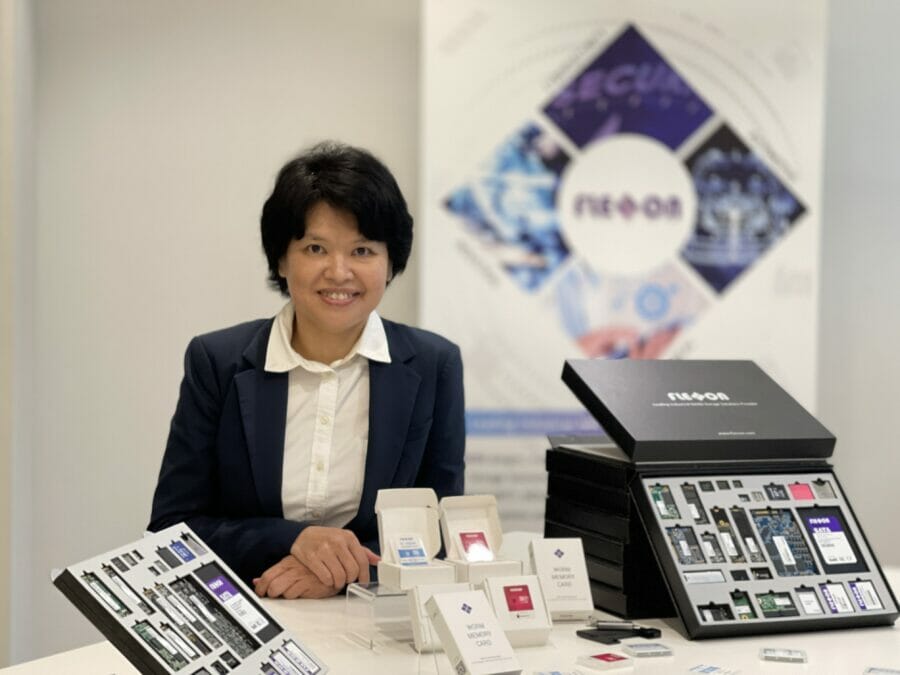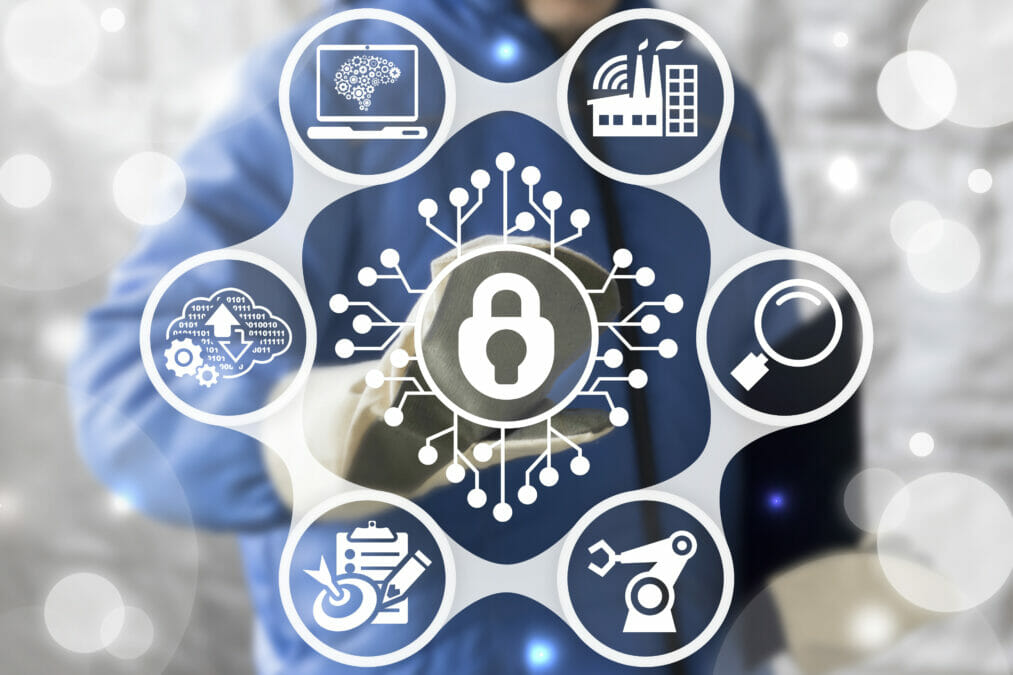As we witness the so-called ‘tech revolution’, with rapid developments in technology and the digitalisation of previously manual functions, we are also bystanders to a stark increase in cyber security risk. Whilst on a personal level this is alarming, when taking into account the quantity of sensitive data stored by organisations of all sizes, it becomes even more concerning.
Surges in technological development create the perfect environment for cyber crime to flourish. Cyber crime is expected to cost £7.5 trillion annually by 2025, with ransomware, in particular, growing in popularity amongst the nefarious. Even though the news is constantly reporting the fall of notorious cyber crime gangs, they continue to crop up under different guises. With trust between nations on the wane globally, due to a variation of geopolitical reasons – national, organisational and personal security are more important than ever.
In this way, business leaders and security teams need to find quick and durable solutions to prevent organisations from falling victim to cyber crime. And a physical last line of defence in the form of an AI-augmented solid-state drive (SSD) provides an answer.
Why cyber crime groups are some of the world’s most effective startups
An intelligent and bulletproof vault
To help visualise, picture an imaginary bank robbery. Banks strive to be vigilant in their security and to be successful, criminals have to get past multiple lines of defence. First is the security guard. They will have access to the criminal records database and will be on high alert if someone apparently dangerous walks in – comparable to anti-virus software.
If the robber gets past, more likely if they are unknown or using a disguise, they then need to gain access to behind the counter. Perhaps they use a counterfeit ID, pretending to be someone known to the bank to gain the trust of the cashier who, consequently, doesn’t raise the alarm. This could be likened to an actor using fake credentials to circumvent software defences.
Once behind the counter, the robber makes their move. They head to the vault to get their hands on the money, expecting to see a relatively straightforward single lock. However, they are instead confronted with an intelligent and bulletproof vault, which is resistant to both their safe cracking skills and the tools they’ve brought to physically break in.
For businesses, the ‘money’ is valuable data and the easy-to-access vault is traditional SSD. If that were to be upgraded to an AI-augmented SSD that can review trends in access patterns and has a zero trust approach, malicious access then becomes far more complex. Malware can’t breach it and it’s even resistant to physical attacks. As a very final defence manoeuvre, the user can set it to rapidly purge its contents should it fall into the wrong hands.
Anti-virus alone is far from enough
Cyber security firmware, that uses low-level AI programming to analyse data and make intelligent decisions regarding access patterns, can overcome shortcomings in traditional cyber security efforts to mitigate against the potential catastrophic impact of a range of cyber attacks.
In isolation, anti-virus software is not exhaustive protection as it requires human intervention, weakening its function and leaving room for human error. The need to manually update software and disallow threats creates a weak point in the defence system. Through AI-augmented SSD, however, organisations will have mechanisms in place to detect anomalies in data access patterns to fend off cyber threats. It consistently identifies and learns, providing confidence that should attacks make it through the other defensive layers, the most intelligent barrier still stands strong.
Also critical is that businesses need a zero trust framework whereby it’s possible to track and question every single touch point and engagement. Much like a bulletproof vault in a bank, AI-augmented SSD serves to identify any form of threat and react to protect its contents without the need for a user to instruct it to do so.
How tech is a vital weapon against cyber information warfare
Embedding the last line of defence into devices
Amidst developments in technology, the future of cyber security protection needs to be robust and inclusive of all layers from software down to physical. With new cyber attacks and tactics appearing regularly, the human intervention required to keep software-based defences watertight needs a complementary firmware-level technology to be the last line of defence. Without this, organisations can suffer huge reputational damage and even regulatory fines for not protecting data to the highest possible standards.
If physical security is embedded into security posture, there is an impenetrable last line of defence that ultimately keeps data out of the hands of nefarious actors, which can include internal threats. By tightening the security around data, it ensures the utmost defence, providing fewer possible actor vectors for exploitation.
The presence of physical cyber security has been made more readily available through the availability of laptops with embedded AI-augmented SSD. This hints at a future where other devices will have this physical layer as standard, providing holistic protection.
Ultimately, moving forward businesses need to be proactive in seeking out a ‘bulletproof’ cyber security posture and AI-augmented SSD is the answer. If a business is unprotected and data is at risk, it threatens its potential for growth, development and success. Therefore, it is imperative that they ensure their last line of defence is a physical one, that leaves no room for human error.








